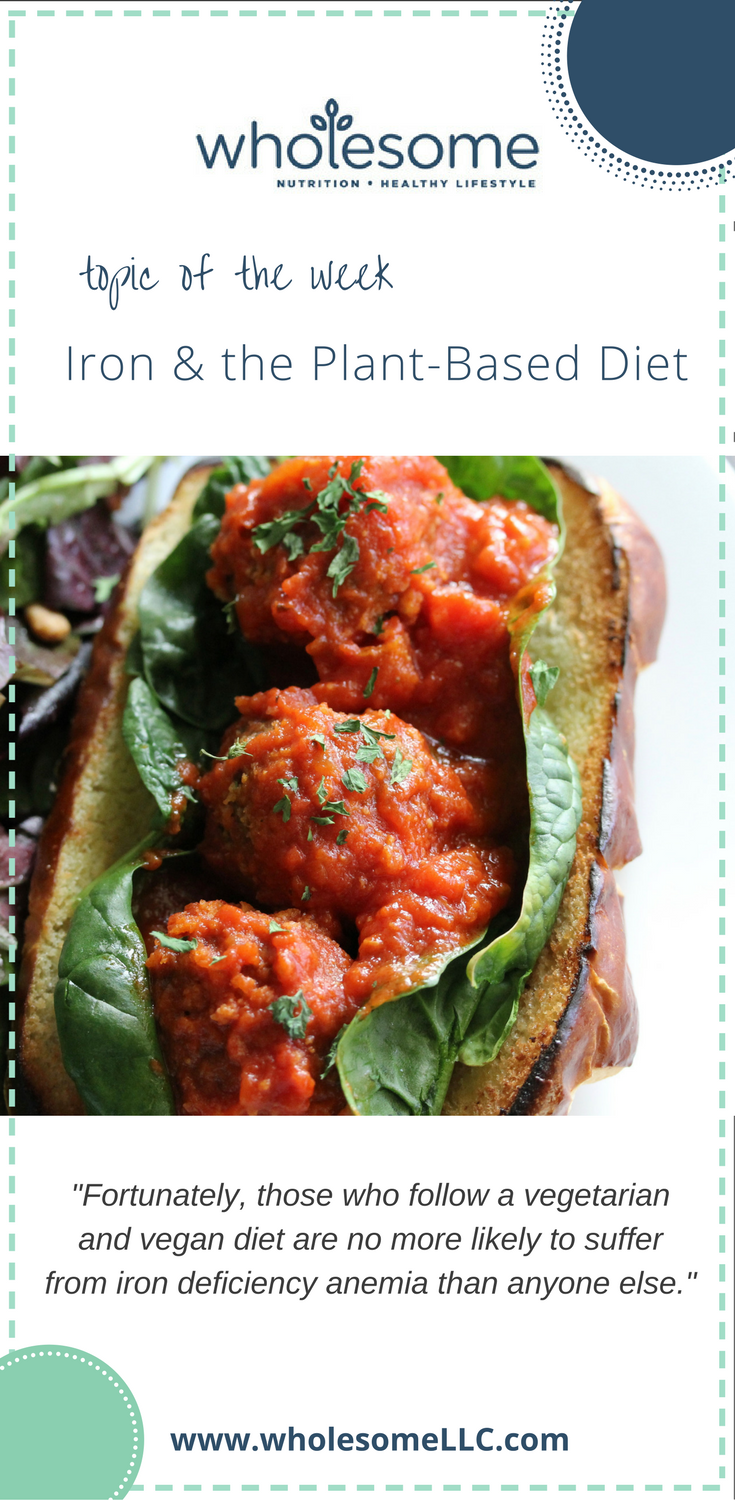Podcast Features
What do you want to learn more about?
Mentorship Program, 1:1 Nutrition Coaching with Alison
The Wholesome Journey - Group Nutrition Coaching Program
May 5, 2017
Alison Tierney, MS, RD, CD, CSO
Alison is a registered dietitian, board-certified in oncology nutrition, and a cancer thriver. Her expertise in oncology nutrition and personal experience with her own cancer diagnosis and its treatment provide her with the unique perspective of being able to relate to her clients on an entirely different level. Her content is consistently focused on evidence-based guidelines and seeks to increase the awareness of the power of nutrition to complement traditional cancer therapies.
- Alison Tierney, MS, RD, CD, CSOhttps://wholesomellc.com/author/alisonwholesomellc-com/
- Alison Tierney, MS, RD, CD, CSOhttps://wholesomellc.com/author/alisonwholesomellc-com/
- Alison Tierney, MS, RD, CD, CSOhttps://wholesomellc.com/author/alisonwholesomellc-com/
- Alison Tierney, MS, RD, CD, CSOhttps://wholesomellc.com/author/alisonwholesomellc-com/
In the last nutrition post, I discussed protein. Typically, the first question someone will ask me when they hear I eat a plant-based diet is, “Where do you get your protein?” The second is typically a question regarding either iron or calcium.
The first thing to know about iron is that there are two different types of iron: heme and non-heme. Heme iron is only found in animal-based foods, such as beef, as it is found primarily in blood and muscle. Non-heme iron is found in both animal and plant-based foods, however, plant-based foods only contain non-heme iron.
Therefore, to simplify your thinking, heme iron = animal, non-heme = plants.
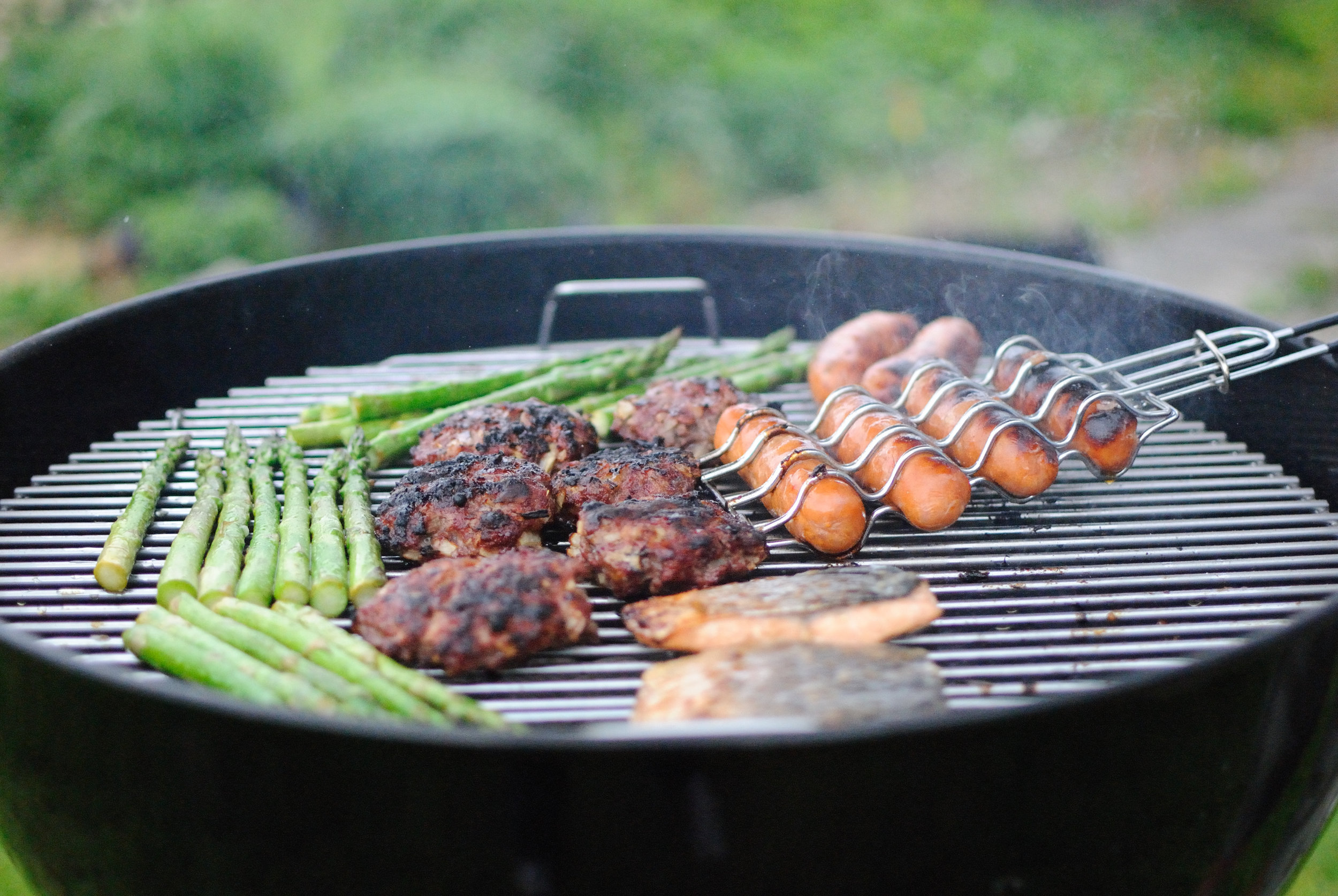
For a long time, heme iron has been regarded as the “superior” iron source as it is better absorbed and utilized in the body. However, I would argue against the superiority of heme iron as it is unfortunately related to increased risk of the following:
Nurses’ Health Studies (two generations worth), are of the largest studies focused on investigating risk factors for chronic disease in women. In addition, the Health Professionals Follow-Up Study is designed to complement the Nurses’ Health Study but instead focuses on men’s health. After analyzing thousands in both studies, researchers found that consuming both processed and unprocessed red meat was associated with increased risk of dying from cancer and heart disease, along with decreased life span. These results were found even after factoring in age, weight, alcohol consumption, exercise, smoking, family history, and caloric intake. (1)
These studies suggest there is something harmful in meat itself.
The belief is that heme iron, found in meat, can increase risk of disease as it acts as a pro-oxidant.
I’m fairly certain you have heard the term “antioxidant” many times before. To truly understand oxidation, it requires us to go back to science on the molecular level (Biochemistry—ick!). If you don’t want to revisit molecules, skip down to “In simple terms”. If you want a mini-science refresher, keep reading.
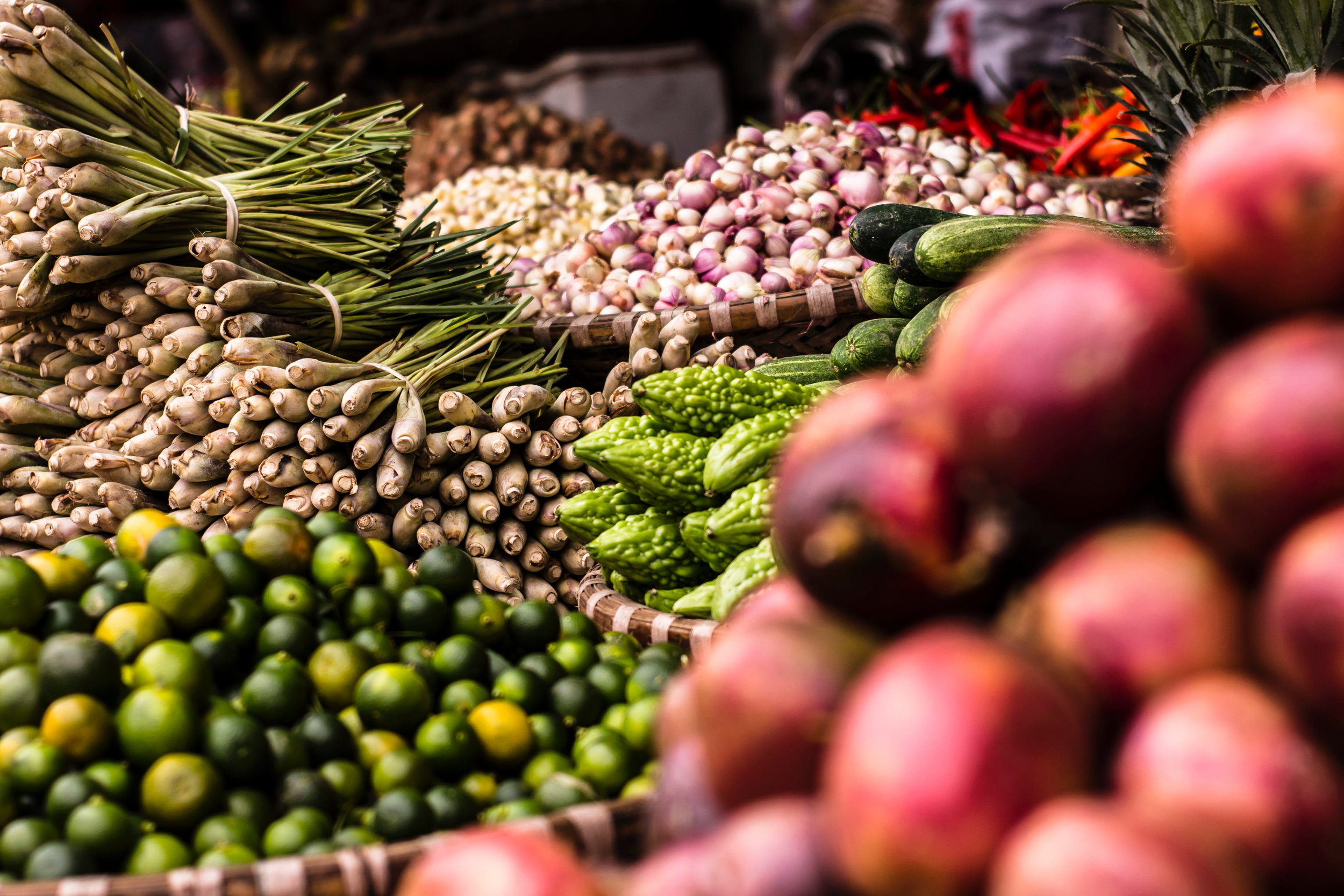
Remember the terms atoms, electrons, molecules, etc.? If so, maybe you’ll remember all molecules require the correct pairing of electrons. If a molecule loses an electron, it becomes unstable and thus becomes a free radical. Antioxidants, which certain foods contain high amounts of, can donate an electron to the free radical negating the effects of the free radical. Although the exchange of electrons back and forth is a normal part of human metabolism, the incorrect balance of free radicals and antioxidants can lead to oxidative damage and ultimately chronic disease.
In simple terms, you can think of pro-oxidants as leading to disease and antioxidants helping to prevent disease.
Unfortunately, the pro-oxidant effect of heme iron found in meat has a profound effect on our health as it leads to increased free radicals and oxidative stress (or, the unbalance of free radicals and antioxidants leading to disease). Fortunately, non-heme iron, or the only type of iron found in plant-based foods, is NOT associated with increased risk for chronic disease.
Need more reason to limit or avoid meats? This study found an increase in heme iron intake of 1 mg/day increased ones risk for heart disease by 27%. Diabetes, 16%. And colon cancer, 12%.
Eesh.
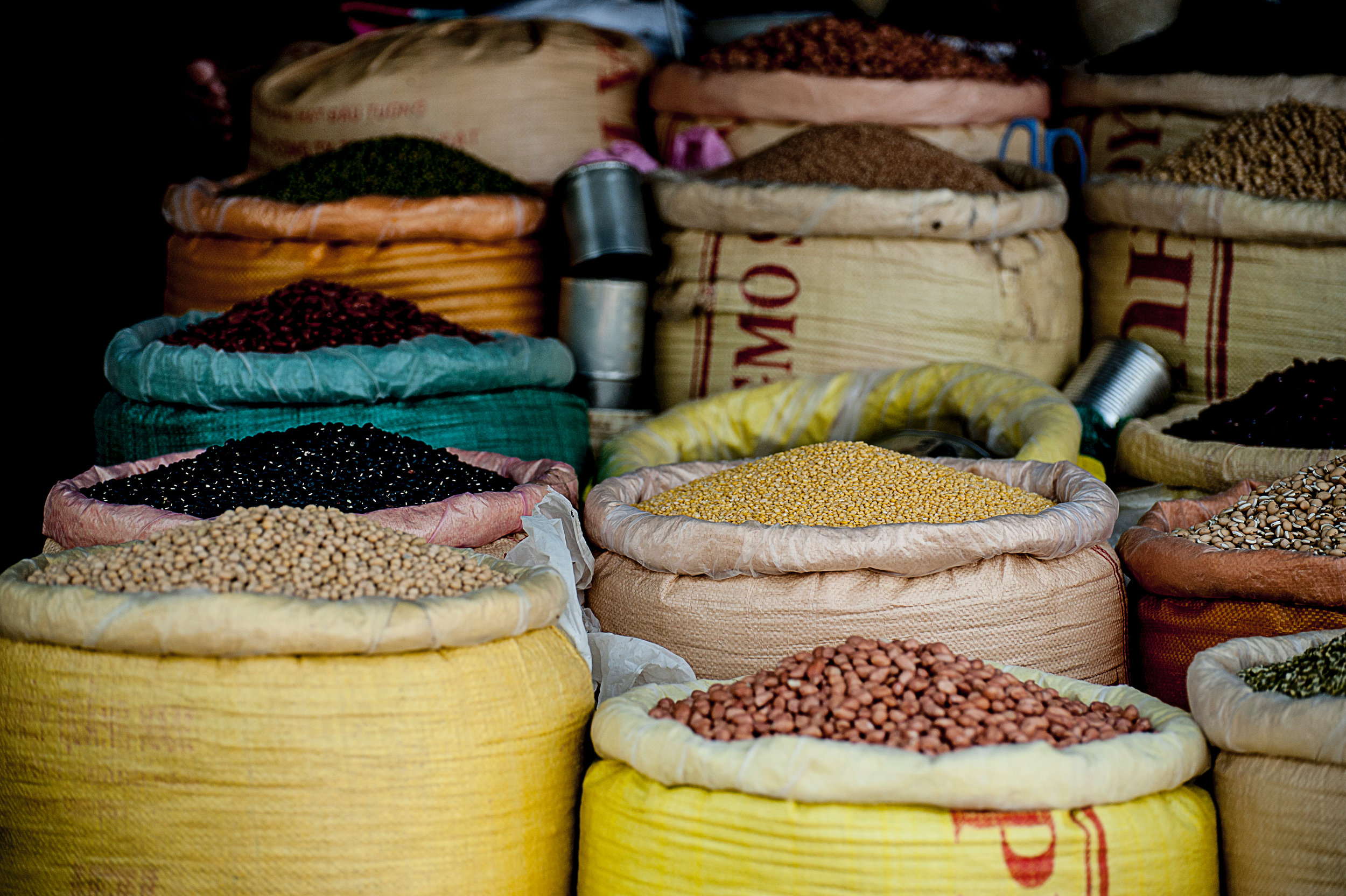
Okay, if you should avoid heme iron found in animal-based foods, what should you be focusing on? And would you be at increased risk for iron deficiency anemia?
Fortunately, it has been found that vegetarians and vegans are no more likely to suffer from iron deficiency anemia than anyone else. Most likely, because those who follow these diets tend to get more iron, in addition to fiber, magnesium, and vitamins A C & E.
To ensure you are getting adequate amounts of iron, especially women of childbearing age, focus on the healthiest sources of iron found in whole grains, legumes, nuts, seeds, dried fruit, and green, leafy vegetables—or those foods which make up the healthiest diet.
Just a couple of tips when consuming these foods to enhance non-heme iron absorption:
-
Avoid drinking tea with meals—it can inhibit iron absorption
-
Consume a vitamin C rich food with meals as it can increase non heme iron absorption by three to six times.
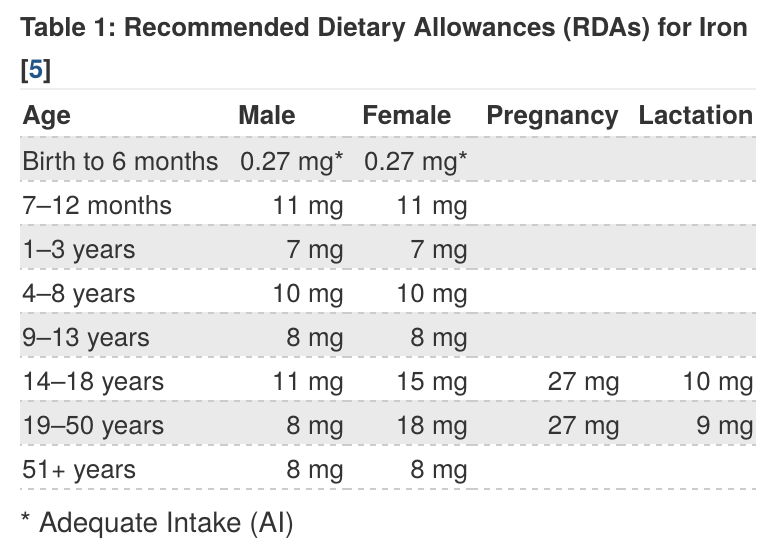
Source: National institute of Health
To help you identify if you are meeting your iron needs, here is a list of some excellent sources of iron (non-heme):
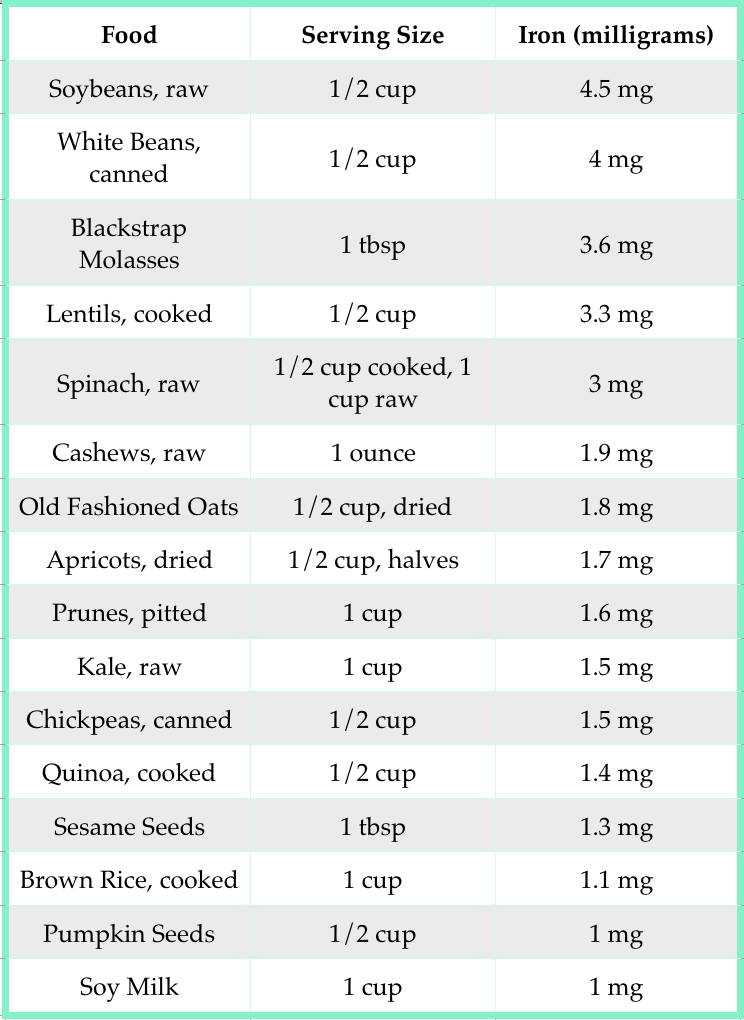
Souces: USDA Food Composition Database
What questions do you have about iron?
If you are looking for some great recipes with plant-based foods high in iron, try out some of Wholesome’s favorites!
Smashed Avocado, Chickpea, and Pesto Sandwiches
One-Pot, Tomato Basil Lentil Pasta
(1) Pan A, Sun Q, Bernstein AM, et al. Red meat consumption and mortality: Results from 2 prospective cohort studies. Arch Intern Med. 2012;172(7):555-63
Iron in the Plant-Based Diet
Wholesome LLC is not a medical practice, and its employees cannot offer medical advice. This website provides educational information but it is not a substitute for medical advice from a licensed medical professional who is familiar with your particular facts and circumstances. The information contained on this website is not intended to diagnose, treat, or cure any disease and shall not be construed as medical advice. The information and education on this website is provided for you to use at your own discretion.
You can further review our disclaimer here.
Wholesome
About Alison
Courses & Programs
The Wholesome Journey
Free Resources
FAQs
Press & Media
Recipes
Blog
Contact Us
Shop
© 2025 Wholesome, LLC All rights reserved.
Privacy Policy
Terms of Use
Disclaimer
Mobile Terms of Service
